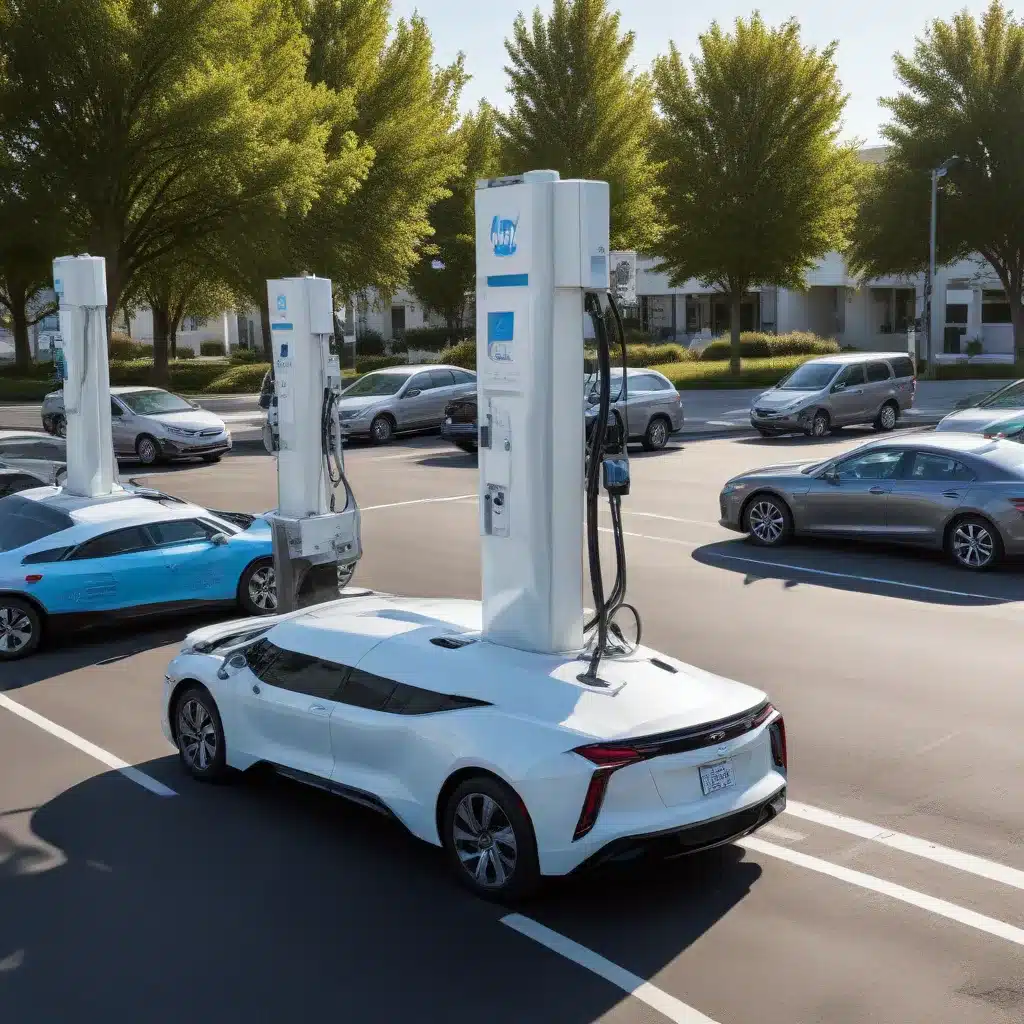
Hydrogen Blending: A Controversial but Widespread Experiment
Utilities across the United States are increasingly exploring the use of hydrogen-blended natural gas as a means to reduce greenhouse gas emissions. Backed by federal incentives and a desire to find alternatives to traditional fossil fuels, nearly 20 utilities have proposed or launched pilot projects to test the injection of hydrogen into existing gas pipelines. However, these efforts have faced significant scrutiny from environmental advocates and local communities, who argue that the potential benefits of hydrogen blending are limited and come at a high cost to ratepayers.
The appeal of hydrogen blending lies in its potential to lower the carbon footprint of natural gas, a ubiquitous energy source for homes and businesses. When burned, hydrogen produces only water vapor and heat, emitting no carbon dioxide. By mixing hydrogen into the existing natural gas infrastructure, utilities hope to take advantage of this clean-burning property to gradually decarbonize their operations.
The Inflation Reduction Act and Bipartisan Infrastructure Law have provided significant federal support for hydrogen development, including tax credits and $9.5 billion in funding. This has spurred a wave of utility proposals to test hydrogen blending, with nearly 30 such projects identified across more than a dozen states.
However, the efficacy and prudence of these pilots are hotly debated. Many environmental and consumer advocates argue that the emissions reductions from hydrogen blending are modest at best, with research showing that even using “green hydrogen” produced from renewable electricity can cut carbon dioxide by less than 10% in blends up to 20%. Moreover, the process of manufacturing hydrogen can be energy-intensive, potentially undermining its environmental benefits.
The Risks and Limitations of Hydrogen Blending
Burning hydrogen also poses certain technical risks that utilities must carefully navigate. Hydrogen burns hotter than natural gas, which can increase emissions of harmful air pollutants like nitrogen oxides (NOx). Hydrogen’s smaller molecular size also makes it more prone to leakage from pipelines, raising safety concerns. Additionally, hydrogen can cause certain metals to become brittle over time, potentially leading to pipeline cracks.
“Every dollar you’re reinvesting into the gas system could be a dollar you’re using to electrify the system,” said Nat Skinner of the California Public Advocates Office. Many advocates argue that the funds spent on these hydrogen blending pilots would be better directed towards accelerating the transition to all-electric buildings, which they see as a more effective and affordable path to decarbonization.
Utilities, however, have framed hydrogen blending as an important step in the journey towards a cleaner energy future. “These demonstration projects are an important step for us to adopt hydrogen blending statewide, which has the potential to be an effective way to replace fossil fuels,” said Neil Navin of Southern California Gas.
Uneven Community Engagement and Regulatory Oversight
The rollout of these hydrogen blending pilots has also raised concerns about community engagement and regulatory oversight. In some cases, residents have felt like unwilling participants in utility experiments, learning about the projects only through media reports rather than being meaningfully consulted.
For example, in Orange Cove, California, a small agricultural community with a predominantly Hispanic/Latino population and high poverty rates, a proposed SoCalGas pilot to blend up to 5% hydrogen has faced local opposition due to a perceived lack of transparency and public input. “The community’s immediate reaction is that they don’t want to be guinea pigs,” said Genoveva Islas of the public health nonprofit Cultiva la Salud.
Regulators in several states, including Colorado, Oregon, and California, have also pushed back on some hydrogen blending proposals, questioning the prudence of investing ratepayer funds into these pilots, especially amidst rising utility bills. “Cost is an essential consideration,” said Erin Murphy of the Environmental Defense Fund. “When you’re passing on costs to ratepayers, you have to demonstrate that that is a prudent investment.”
The Need for Careful Evaluation and Community Engagement
As utilities continue to pursue hydrogen blending, it is clear that a more comprehensive and transparent evaluation of the technology’s benefits, risks, and costs is needed. Rigorous research and pilot testing can help address knowledge gaps around the safety and emissions impacts of hydrogen blends, but it is equally important that these efforts prioritize meaningful community engagement and regulatory oversight.
“There are much better, readily available, more affordable ways to decarbonize buildings in the form of electrification and energy efficiency,” said Jim Dennison of the Sierra Club. For many advocates, the focus should be on accelerating the transition to all-electric buildings, rather than investing in uncertain hydrogen technologies that may delay this more proven path to emissions reductions.
Ultimately, the success of hydrogen blending as a climate solution will depend on its ability to deliver tangible benefits to local communities and the environment, while avoiding the pitfalls of higher costs and limited emissions reductions. As utilities continue to experiment, it will be crucial for policymakers, regulators, and the public to carefully evaluate these proposals and ensure that ratepayer funds are being invested wisely in the fight against climate change.
Conclusion
The growing interest in hydrogen blending among utilities reflects the need to find innovative solutions to decarbonize the natural gas system. However, the risks and limitations of this approach, coupled with concerns about community engagement and regulatory oversight, suggest that more thorough evaluation and transparent planning are required before widespread deployment.
As the Joint Action for Water community continues to advocate for sustainable, equitable water and sanitation services, it will be important to monitor the progress of hydrogen blending pilots and ensure that any investments in this technology truly serve the best interests of communities and the environment. The path to a clean energy future may require difficult trade-offs, but by prioritizing transparency, community input, and proven decarbonization strategies, we can work towards solutions that truly make a difference.

